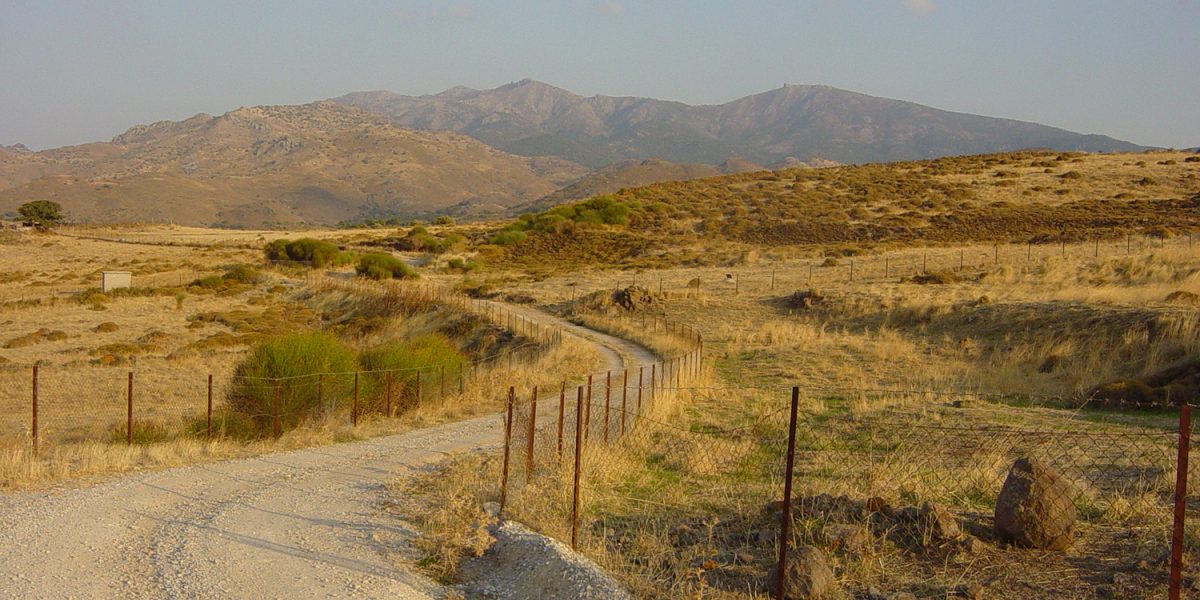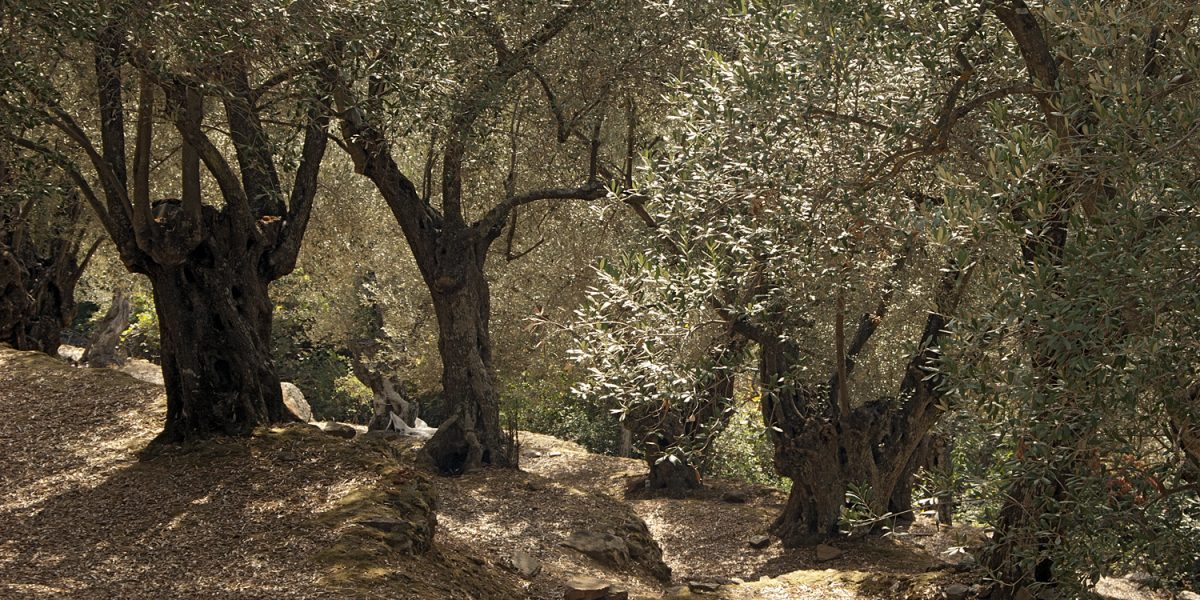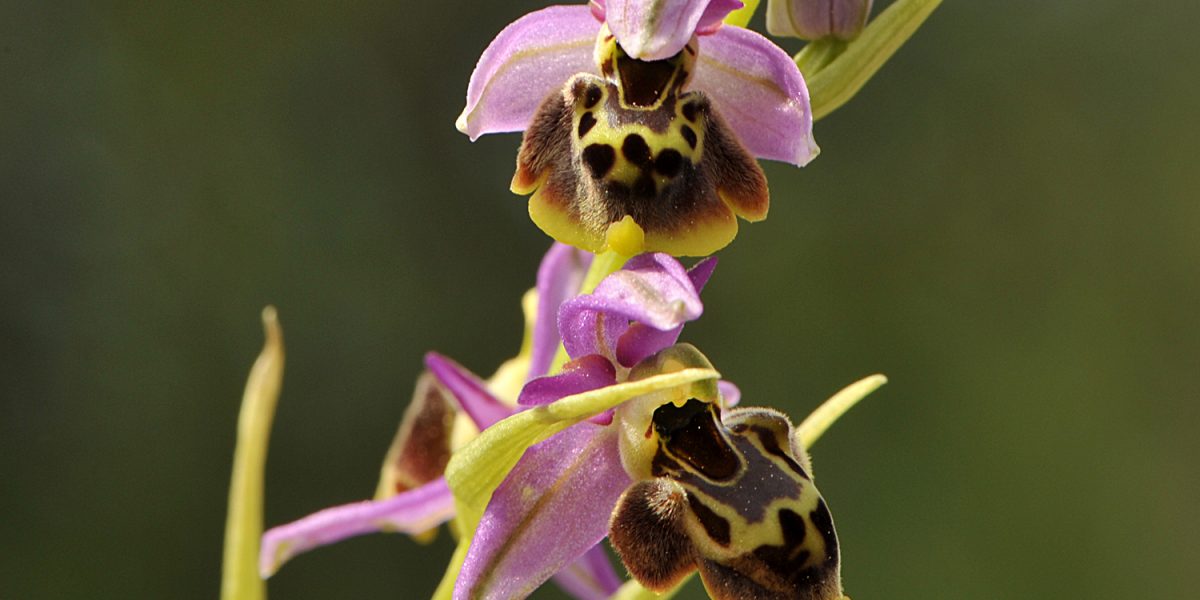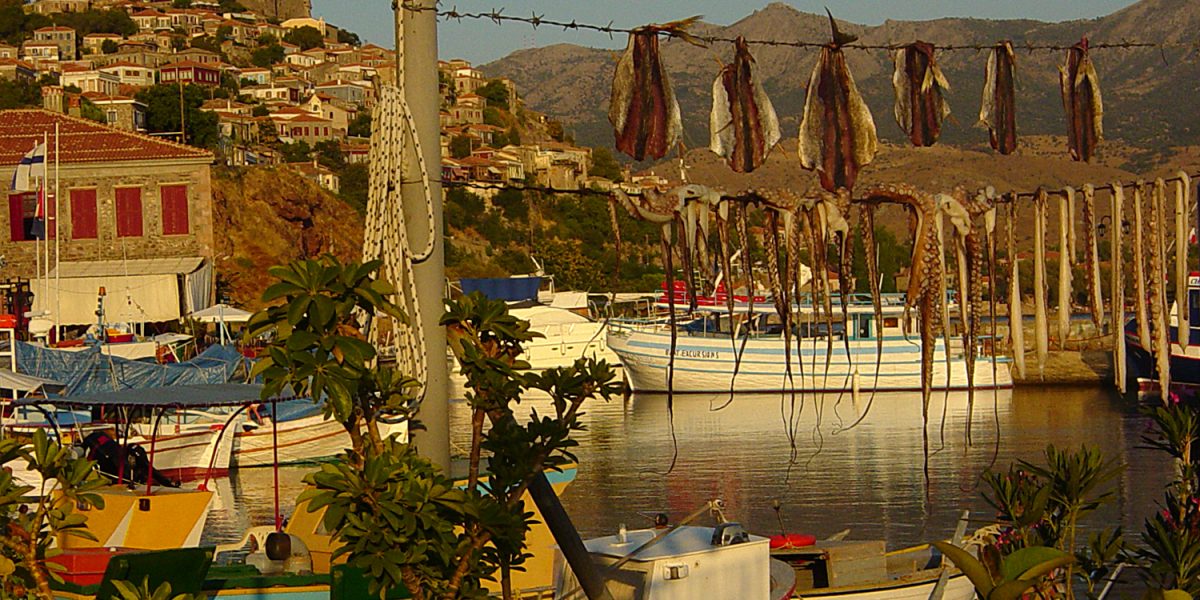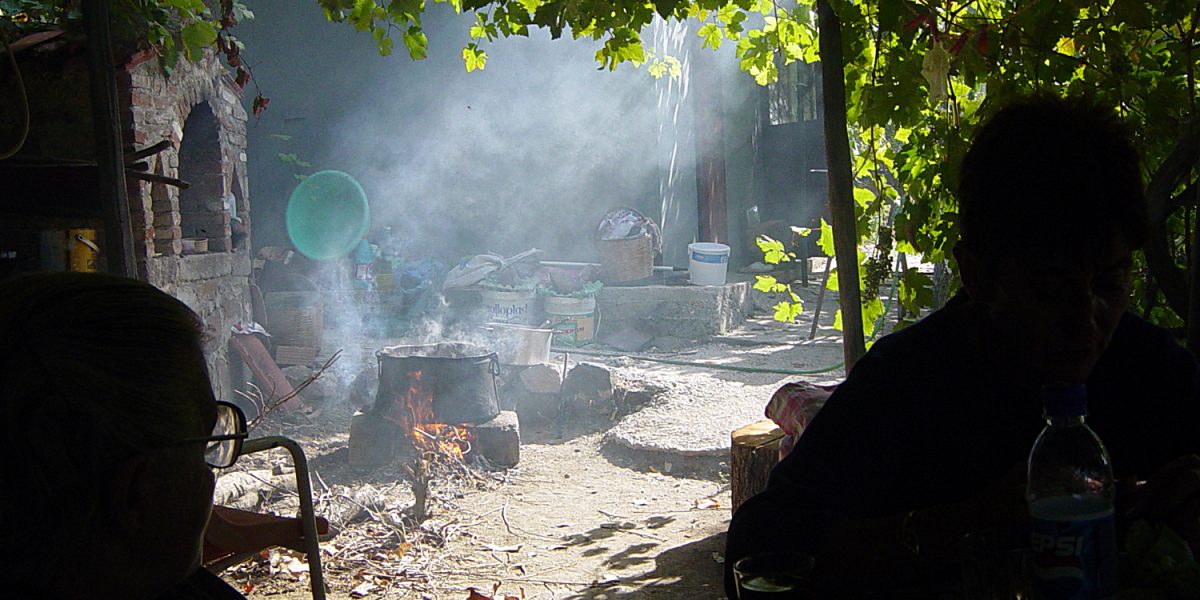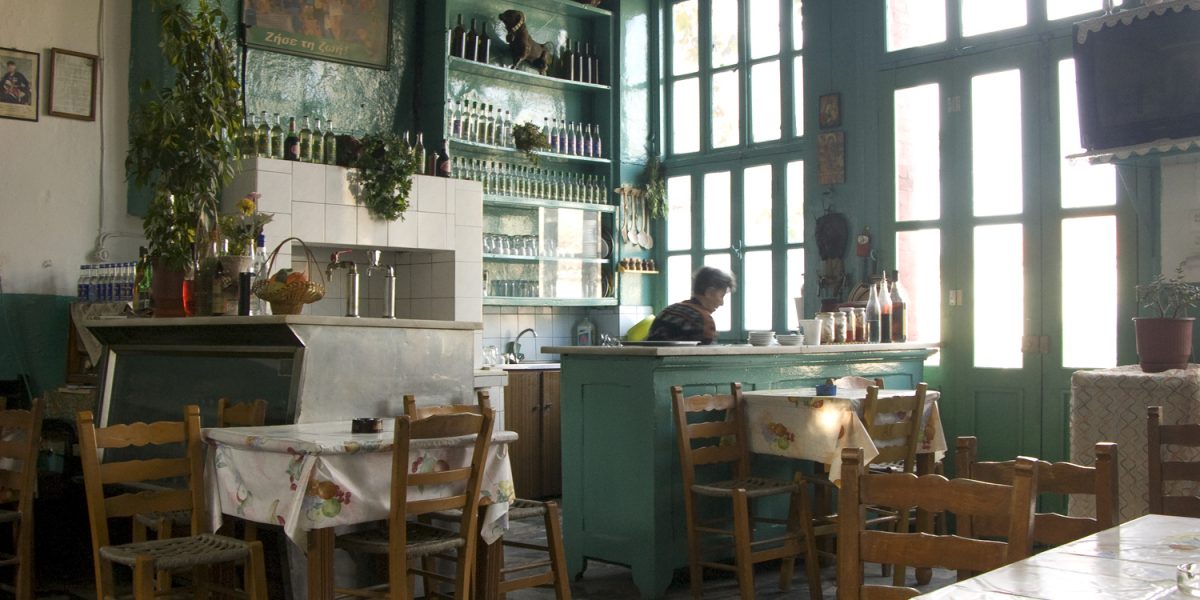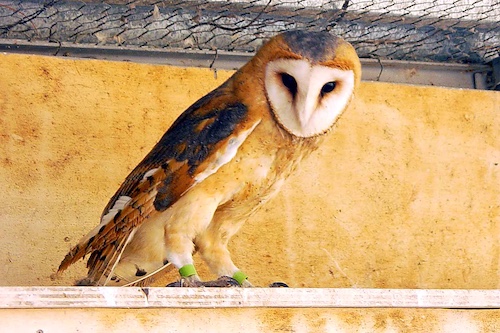(Barn owl)
I sometimes feel pity for the birds on Lesvos. On the internet you can regularly be pointed to the exact spot where you can find a certain bird, sometimes resulting in masses of camera toting people staring endlessly into the trees where the birds reside. All privacy lost.
There are many spots where you can find more than one kind of an owl on Lesvos: little owls, barn owls, long-eared owls and scops owls. This last one seems to be plentiful on the island and gets most attention online. His short and clear toot sound can be heard in many Lesvorian nights.
Lesvos can well be proud of its owls. There is a story about how Athena, the patron god of Greece’s capital, took an owl as her most cherished animal. According to the myth, the bird was once princess Nictimene, daughter of Epopeus, king of Lesvos. The Roman writer Gaius Julius Hyginus tells how her father longed for her and raped her. So the princess fled into the woods and only came out of her hiding during the nights. Athena, taking pity on the poor girl, transformed her into an owl, probably a little owl.
The Roman writer Ovid wrote of this poor princess in his Metamorphose; though he claimed that Athena (called Minerva by the Romans) had wanted to punish Nictimene because she’d brought shame on her father by seducing him. Whatever actually happened on Lesvos – thanks to Nictimene this small owl became a big symbol of wisdom.
Before Athena promoted the owl into an animal that became so beloved that his big eyes forever stare at you from many ancient coins, owls were considered as creepy creatures. They had dark powers and you’d better stay away from them. After Athena and Minerva lost their influence, the owl also disappeared from popular imagery, to again pop up in cultural works of the 19th century. And again there were Greeks who viewed these mysterious birds as creepy and as prophets of doom: a vision still existing today.
The barn owl especially seems to be cause for fears, maybe because of his spooky white moonlike, or heart-shaped face. But it is these owls who are also seen as very useful animals. In a way they are bloodthirsty birds of prey, this convivial looking owl can yearly devour between 2000 and 6000 mice or other rodents. Lucky for when there is a plague of rats or mice, when you absolutely want a nest of barn owls in your neighbourhood.
These night animals are pretty good in balancing nature and the gnawing community. The number of eggs they lay is dependent on the amount of available food. When there’s lots of mice and rats creeping around, they lay many eggs. If they have managed to bring down the colony of rodents, then they won’t produce as many young ones. They always seem to prefer the dominant species of rodent in their hunting territory, approaching them silently due to their large wings and proportionally light body.
Worldwide there are many scientist who study the utility of the barn owl to prove that they can outperform many pesticides. Also on Lesvos for this purpose nest boxes have been installed to see what they are eating. This research has proved that their most popular snack is the Mediterranean vole (Microtus guentheri), even though Lesvos is the only Aegean island providing these rodents a home. Mice and rats of the Old World (Murinae), just like the lesser white-toothed shrews (Crocidura suaveolens) are less desired but also figure on the menu.
I have no idea what barn owls eat in Israel and Jordan. But I do know that in those two countries academics also placed nest boxes to prove that a barn owl can be a perfect warrior to fight agrarian illnesses. They share the results with scientists in Palestine, Morocco and Cyprus. As a result of this project, last month there was a Congress in Greece; the participants coming from 12 countries. Amongst many topics was discussion of the impact of the war in the Middle East on the nest boxes and how schools and imams can be tools for getting rid of the negative image of owls.
Whilst many nest boxes have been lost or damaged in the war and the number of barn owls is in general decreasing, these scientists have not given up their battle and do continue to exchange their results, whether Jewish or Arab. The owl itself does not know any frontiers and is now seen as a symbol for cooperation.


